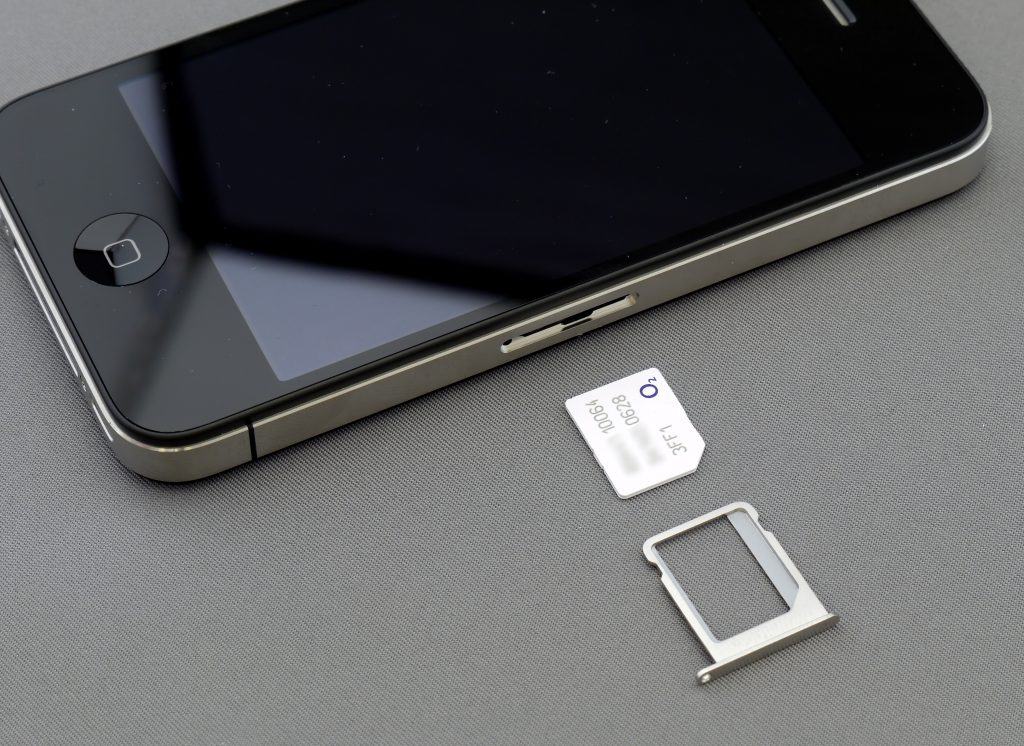The telecom industry is the latest frontier for blockchain technology. As Forkast.News has previously reported and explored in-depth in Forkast.Insight’s China Blockchain Report, there are a number of practical use cases for blockchain in this sector, including digital identity management, more efficient billing for roaming, combating fraud and helping mobile app developers access cloud computing time.
But there are also many instances where telecommunications and mobile phone companies are simply adding blockchain to their product names as a marketing gimmick. The emerging trend of blockchain phones is a testament to this. While there are some handsets that have legitimately identified a niche market and a technical solution powered by blockchain, there are others where a software solution, such as a suite of apps, would be a more practical solution.
In this first article of a three-part Forkast.News series, we will examine how blockchain can — and can’t — disrupt the world’s telecom industry, and take a closer look at where efforts are falling flat.
See related article: China Telecom Introduces its Blockchain SIM Card Project
Blockchain and telecom infrastructure
At the heart of telecom’s push to integrate blockchain into their networks is the creation of a token to represent the customer’s identifying information — primarily the International Mobile Equipment Identity (IMEI) number as well as the Mobile Station International Subscriber Directory Number (MSISDN).

Once a telecom tokenizes these two data points, it can then do two key things: easily port data to other stakeholders, as well as drastically reduce fraud. For instance, in China, China Mobile, China Unicom and China Telecom have begun a pilot project to share tokenized subscriber data between each other and with their roaming partners via smart contracts. These smart contracts will automatically reconcile payments, reducing the need to use outside parties for settlement. For the user, there wouldn’t be much change in their experience. But for the telecom, the beauty is in the behind-the-scenes efficiency. Automated auctions via smart contracts are run to get the best deal for the telecom, while the user’s identity is authenticated via a token on the blockchain to prevent fraud.
With the subscriber’s key identifying information tokenized, telecoms can authenticate the Caller ID by attaching a cryptographic hash to each token. Without the presence of this hash that matches up with what the telecom has on record, the call cannot go through.
The ultimate synthesis of all of this will be the blockchain SIM card, a version of the eSIM, that would replace the current paradigm of physical SIM cards that slide into a user’s phone.
In an interview with Forkast.News, David Wei Liang, Director of China Telecom’s Blockchain Efforts, said that blockchain SIM cards are the “key to the decentralized world” and offer telecoms and consumers more control over the data that resides in the ecosystem.
“The key point here is to transform the digital economy from a data monarchy to a data democracy. That is to say, to give the right of the data to the data producer themselves,” Liang said.
Liang gives the example of a patient with a medical record in Hospital A. When that patient goes to Hospital B, they can guarantee that Hospital B can use their own medical data from Hospital A. All of this is verified and authenticated with the private key on the Blockchain SIM card in the patient’s phone.
This will be the “key to the decentralized world,” Liang said.

Managing the deluge of data
With the proliferation of progressively powerful smartphones comes a greater demand for data — and the cloud services that provide the underlying infrastructure that enables all of this. The transition from 3G to 4G enabled apps to have streaming and rich media delivered to handsets; Netflix and Youtube videos could be streamed in HD, conversely the handset could be turned into a streaming camera delivering live images to an audience around the world. 5G represents a bigger and bolder jump in bandwidth delivered, and with that comes a greater demand for data — even more when you factor in new segments such as artificial intelligence and machine learning.
The inherent problem with the greater demand for data is a greater demand for cloud services — and that’s not cheap. An app that requires a heavy compute load from a cloud server comes with a heavy cost, which may mean that some startups simply aren’t going to be able to afford to deliver the content of their app to millions of handsets around the world.
See related article: A Blockchain-Enabled SIM Card? How This Could Change Our Mobile Experience As We Know…
Monsoon Blockchain has a solution. The Palo Alto, California-based startup, which recently signed a partnership deal with Dixintong Mobile in China, has a blockchain-based brokerage market for cloud services compute loads. The platform creates efficiencies in the cloud market by looking for excess capacity in server farms and automatically auctioning that off via smart contracts. Thus, startups are able to buy into the power of large cloud instances — expensive, large deployments of cloud servers normally only accessible to firms with huge capital to spend — without long term contracts. Data is kept secure through tokenization and hashes. Only a user with the corresponding hash can retrieve the data sent to the cloud.
Enter the blockchain Phone
While blockchain technology has a role behind the scenes in telecommunications, enhancing the efficiency of existing infrastructure, there’s also an emerging category of blockchain mobile phones. But for every phone manufacturer that properly integrates blockchain technology into their handsets, there are also others using the word “blockchain” mostly as a marketing tool.




